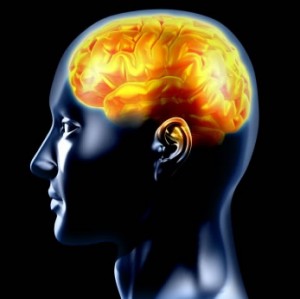
Image : iStockphoto
Using a specialized technique called voxel-based morphometry, Ellemarije Altena and Ysbrand van der Werf from the research group of Eus van Someren evaluated the brain volumes of persons with chronic insomnia who were otherwise psychiatrically healthy, and compared them to healthy persons without sleep problems. They found that insomnia patients had a smaller volume of gray matter in the left orbitofrontal cortex, which was strongly correlated with their subjective severity of insomnia.
“We show, for the first time, that insomnia patients have lower grey matter density in brain regions involved in the evaluation of the pleasantness of stimuli, as well as in regions related to the brain’s ‘resting state’. The more severe the sleeping problems of insomniacs, the less grey matter density they have in the region involved in pleasantness evaluation, which may also be important for the recognition of optimal comfort to fall asleep,” explained Altena. She added, “Our group previously showed that insomniacs have difficulties with recognizing optimal comfort. These findings urge further investigation into the definition of subtypes of insomnia and their causal factors, for which we have now initiated the Netherlands Sleep Registry.”
Dr. John Krystal, Editor of Biological Psychiatry, commented, that “insomnia is a common feature of nearly every psychiatric condition associated with reduced cortical volume; in fact, it is a common symptom of psychiatric disorders or high levels of life stress, generally. The study by Altena and colleagues suggests that there are additional risks of not treating insomnia, such as detrimental effects on the microstructure of the brain.”
Source: Elsevier The article is “Reduced Orbitofrontal and Parietal Gray Matter in Chronic Insomnia: A Voxel-Based Morphometric Study” by Ellemarije Altena, Hugo Vrenken, Ysbrand D. Van Der Werf, Odile A. van den Heuvel, and Eus J.W. Van Someren. The principal investigators Altena, Van Der Werf, and Van Someren are affiliated with the Netherlands Institute for Neuroscience, Royal Netherlands Academy of Arts and Sciences, Amsterdam, The Netherlands. All authors are also affiliated with VU University Medical Center (VUMC), Amsterdam, The Netherlands. The article appears in Biological Psychiatry, Volume 67, Issue 2 (January 15, 2010), published by Elsevier.

